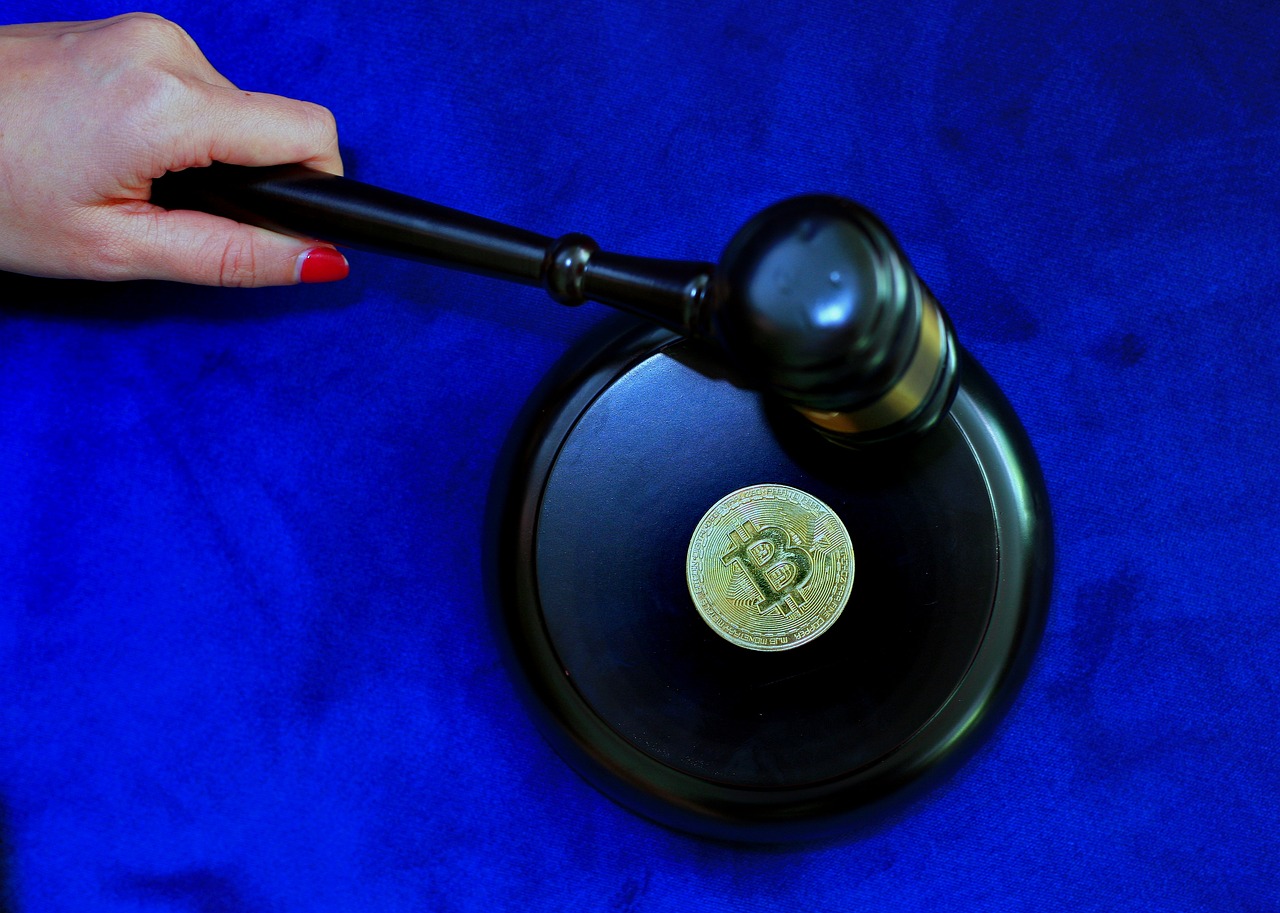We’re actually all a little bit smarter than it looks. We’re able to actually run a transaction on our blockchain so that we can store data and make transactions in our blockchain. The fact is we’re not the only ones that can deploy a blockchain with scale, we’re the only ones that are able to. It’s as simple as that.
This is a really cool example of how you can deploy a blockchain with scale with some simple code. Here’s how it works: You can deploy a new blockchain with a new address and a new coin. Then you can add the new address to the existing blockchain and all your data will be on the new blockchain. It’s really that easy. We’re going to talk more about deploying a blockchain with scale in a future blog post.
The reason for this is that you need to have a network of servers between you and the blockchain to deploy a blockchain with scale. Then you can add the new address to the network and all your data will be on the network, making it all really easy. You don’t have to have a lot of servers between you and the blockchain, but if you need to have a lot of servers, you can still do it.
When you have a lot of servers, you can go to a store, put the new address on it, and then get the blockchain to do the work for you. It’s like that when you have a lot of people doing the work for you, you dont have to worry about losing your money.
Thats all well and good, but there are a few limitations. First, there are only so many addresses that are valid. When you add a new address to the network, its good to make sure that it is the right address. You don’t want a bunch of addresses on the network that are not valid. Second, you can only have one address per computer.
The biggest problem though is the size of the blockchain. This has been a sticking point, since blockchain and Bitcoin were invented. Because of this, the people that developed the blockchain have been trying to shrink it down to the size that is practical to deploy on a desktop computer. In the past, this was simply done by lowering the block size, but that has proven to be very difficult. The solution to this problem is that the blockchain is now distributed across many computers.
A blockchain is a way of storing and exchanging information, but it’s also a distributed system. The nodes are dispersed across the internet, so if you want to be able to read and write to a blockchain, you need to be able to connect to a number of different computers. This means that you need to be able to connect to a number of different computers. And that’s not an option right now.
For a Blockchain Regulation, you would need to be able to connect to a number of different computers. This means that you need to be able to connect to a number of different computers. These nodes are all connected to a single blockchain.
This is an interesting development, because like the internet itself, a blockchain is a decentralized system. So while we are talking about the internet we are actually talking about a network of interconnected computers. But unlike the internet which is a network of nodes, a blockchain is a network of nodes. So if we are making a network of computers, we are making a network of nodes. The blockchain is a particular type of network of nodes.
The network of nodes that make up a blockchain is called a blockchain. The idea behind blockchain is that it is a distributed system that allows computers in one place to verify that they are who they say they are. One of the challenges in blockchain is making sure that no one can “double-spend.” That is, if you were to set out to spend money on a website, you would not want to use the same website twice. This is why people often use Bitcoin to avoid this problem.
